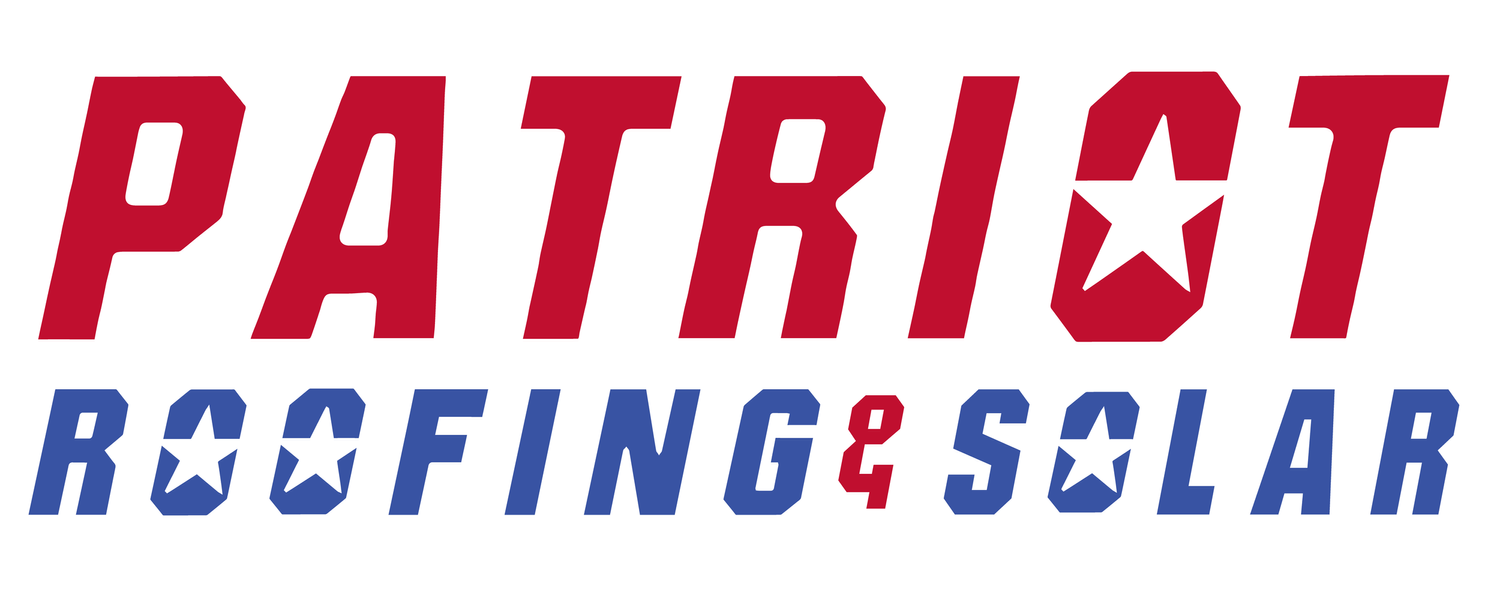The Different Types of Asphalt Shingles: Benefits and Downsides
Asphalt shingles are the most popular roofing choice in America, thanks to their durability, versatility, and cost-effectiveness. However, not all asphalt shingles are created equal. Different types offer unique benefits and downsides. Choosing the right one can significantly impact your home's aesthetics, longevity, and maintenance needs. Here are five types of asphalt shingles, along with their advantages and disadvantages.
1. 3-Tab Shingles
3-tab shingles are the traditional choice for many homeowners due to their affordability and lightweight nature.
Benefits:
Affordability: 3-tab shingles are among the most cost-effective roofing solutions available.
Lightweight: These shingles are comparatively lighter, which makes installation easier and puts less strain on your home's structure.
Downsides:
Shorter Lifespan: These shingles typically last 10-20 years, which is shorter than other types.
Limited Design Options: 3-tab shingles offer fewer aesthetic options, which might not meet everyone's design preferences.
2. Architectural Shingles
Architectural shingles, also known as dimensional or laminate shingles, are a step up in both durability and aesthetics.
Benefits:
Durability: These shingles are thicker and more durable, typically lasting 25-30 years.
Enhanced Aesthetics: Architectural shingles offer a three-dimensional look that mimics high-end roofing materials like cedar shakes or slate.
Downsides:
Higher Cost: These shingles are more expensive than 3-tab options.
Heavier Weight: The added thickness results in a heavier weight, which may require additional structural support.
3. Luxury Shingles
Luxury shingles are the high-end choice, offering premium aesthetics and an extended lifespan.
Benefits:
Premium Aesthetics: These shingles can closely mimic natural materials like slate or cedar, enhancing your home's curb appeal.
Extended Lifespan: Luxury shingles are designed to last, with some varieties offering a lifespan of 50 years or more.
Downsides:
Higher Cost: The premium features of luxury shingles come with a higher price tag.
Limited Availability: Not all manufacturers produce luxury shingles, limiting your options.
4. Impact-Resistant Shingles
Impact-resistant shingles are designed to withstand severe weather conditions such as hail and strong winds.
Benefits:
Protection Against Hail and Wind Damage: These shingles are rated to withstand high impact and wind speeds, reducing the need for frequent replacements or repairs.
Potential Insurance Discounts: Some insurance companies offer discounts for homes with impact-resistant shingles.
Downsides:
Higher Cost: The added durability comes at a higher cost compared to other asphalt shingle types.
Limited Style Options: There may be fewer style and color options available.
5. Other Considerations
While type is important, there are other factors to consider when choosing asphalt shingles.
Climate Suitability: Some shingles perform better in certain climates. For example, impact-resistant shingles may be a wise investment in hail-prone areas.
Warranty Coverage: Check the manufacturer's warranty. Some warranties cover only the product, not installation or labor.
Installation Requirements: Certain types of shingles require special installation techniques or additional structural support.
In conclusion, choosing the right shingles for your roof involves considering factors like budget, design preferences, and local climate conditions. It's always advisable to consult with a professional roofer who can assess your needs and recommend the best option for your home. Ready to make a choice? Request a quote today and secure the best shingle solution for your home.
